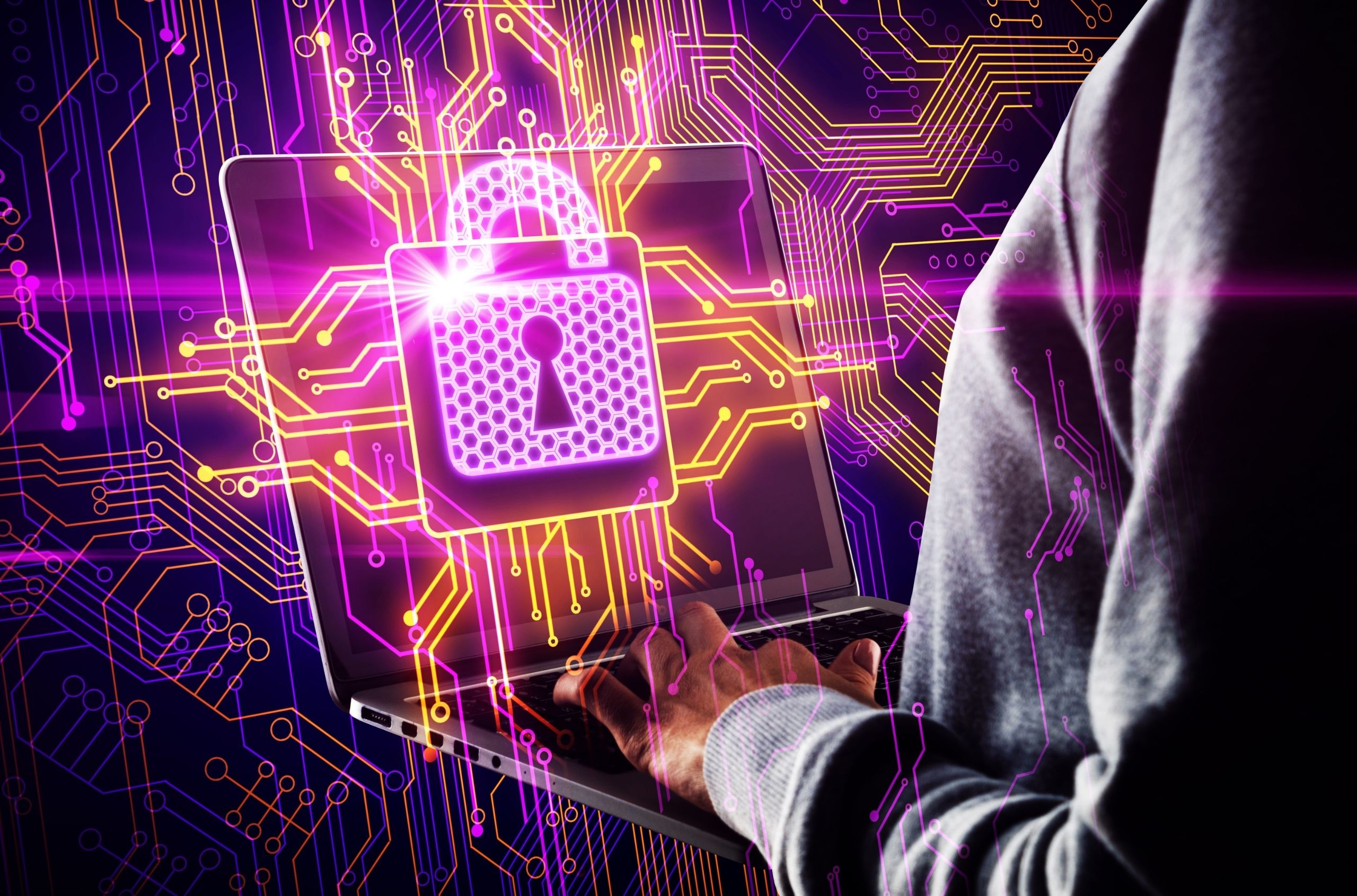In today’s digital age, businesses are increasingly relying on the internet for everything from client relations, online purchasing to banking needs. With the abundance of information that businesses are now providing to online marketplaces and websites, security concerns continue to be a paramount issue for businesses worldwide. This had led to increased research and the adoption of more secure authentication methods. This week our IT services team takes a look at two popular authentication methods: two factor authentication vs two step verification and whether you should implement them in your business today.
Two Factor Authentication vs Two Step Verification – What’s the Difference?
Understanding the difference between two factor authentication vs two step verification requires us to take a step back and look at what ‘authentication’ is exactly.
Dictionary.com defines authentication as ‘the process or action of proving or showing something to be true, genuine, or valid’. When used in a digital sense, the process of authenticating is to verify that you are the owner of a particular user account or website in question.
There are generally three accepted methods or ‘authentication factors’ that are utilised for online security:
- Knowledge Factor (something that is known only to you. i.e. a password).
- Possession Factor (something that only you possess. i.e. a phone, security key etc).
- Inherence Factor (something unique to you. i.e. fingerprints, iris).
Combining two (or more) authentication factors are what forms the basis of both modern day two factor authentication and how two step verification came to be. Interestingly, while these terms are often used interchangeably, they do actually have their differences. Let’s take a look at each in more detail.
What is Two Step Verification
Let’s start with two step verification of 2SV for short. Two step verification is the process of using a username / password alongside a second password generated and sent to you usually via email or text.
In the case of 2SV, the possession factor or inherence factor are not present as email verifications and SMS verifications are considered to be only ‘one factor’. Both of which are generally not considered as safe as physical possessions such as a phone, keycard, or using a fingerprint to access your account.
While 2SV is certainly more secure than a single authentication method, SMS’s can be intercepted and email accounts can also be hacked which has given rise to a more secure form of authentication: two factor authentication.
What is Two Factor Authentication
Two factor authentication also known as 2FA significantly notches up the security of 2SV by adding a ‘2nd ‘factor’ – either an object you physically have or an inherence factor (something unique to you). As the 2nd factor requires a scammer to physically obtain your object or for example copy your fingerprint, it becomes increasingly difficult to gain access to an account, making two factor authentication the generally accepted superior authentication method.
Do You Need Two Factor Authentication or Two Step Verification
If you’ve been asking yourself the questions ‘do I need two factor authentication’ or ‘do I need two step verification in your business, the simple answer is yes. Online scams continue to increase in complexity to the point where even having a strong password is no longer enough to protect your business’ important accounts and that’s where having a second layer of protection (while not full proof) can really help to safeguard your business’ digital assets.
5 Major Benefits for Two Factor Authentication and Two Step Verification
- Fraud Prevention – With two factor authentication the chances of fraud decrease significantly, as scammers and hackers need to not only obtain your password but also need to have access to your second authentication factor which can be much harder to obtain.
- Convenience – Secure passwords can be hard to remember and writing them down or storing them digitally increases the chances of them being lost and/or stolen. With two factor authentications, your employees can store their password in a digital wallet and use an authenticator tool, fingerprint or similar to quickly gain access to their account without having to type in their password.
- Stronger Security – By employing some form of inherence protection to your user accounts, scammers will find the task of gaining access a very high barrier to climb as faking a fingerprint scan or iris scan requires a significant time investment.
- Reduce Help Desk Inquiries – With two factor authentication, your business will likely see a decrease in time-consuming password related requests such as lost passwords, password resets and the like. Two Factor authentication allows your employees, a secure way to reset their own passwords, potentially saving your business on help desk and security management costs.
- Flexibility – With a second secure authentication factor, your employees can access sites and business networks from a range of devices and locations without having to type in sensitive password information, increasing both productivity and flexibility in the workplace.
Want to Learn More About Two Factor Authentication vs Two Step Verification?
If you’ve been wondering ‘do I need two factor authentication’ or ‘do I need two step verification’ but are unsure about how to implement them in your business? Get in touch with the Connected Platforms managed IT services team today to secure your network and accounts and make managing your IT needs seamless and hassle-free. Request your FREE IT health check and one of our dedicated IT specialists will be in touch shortly.




